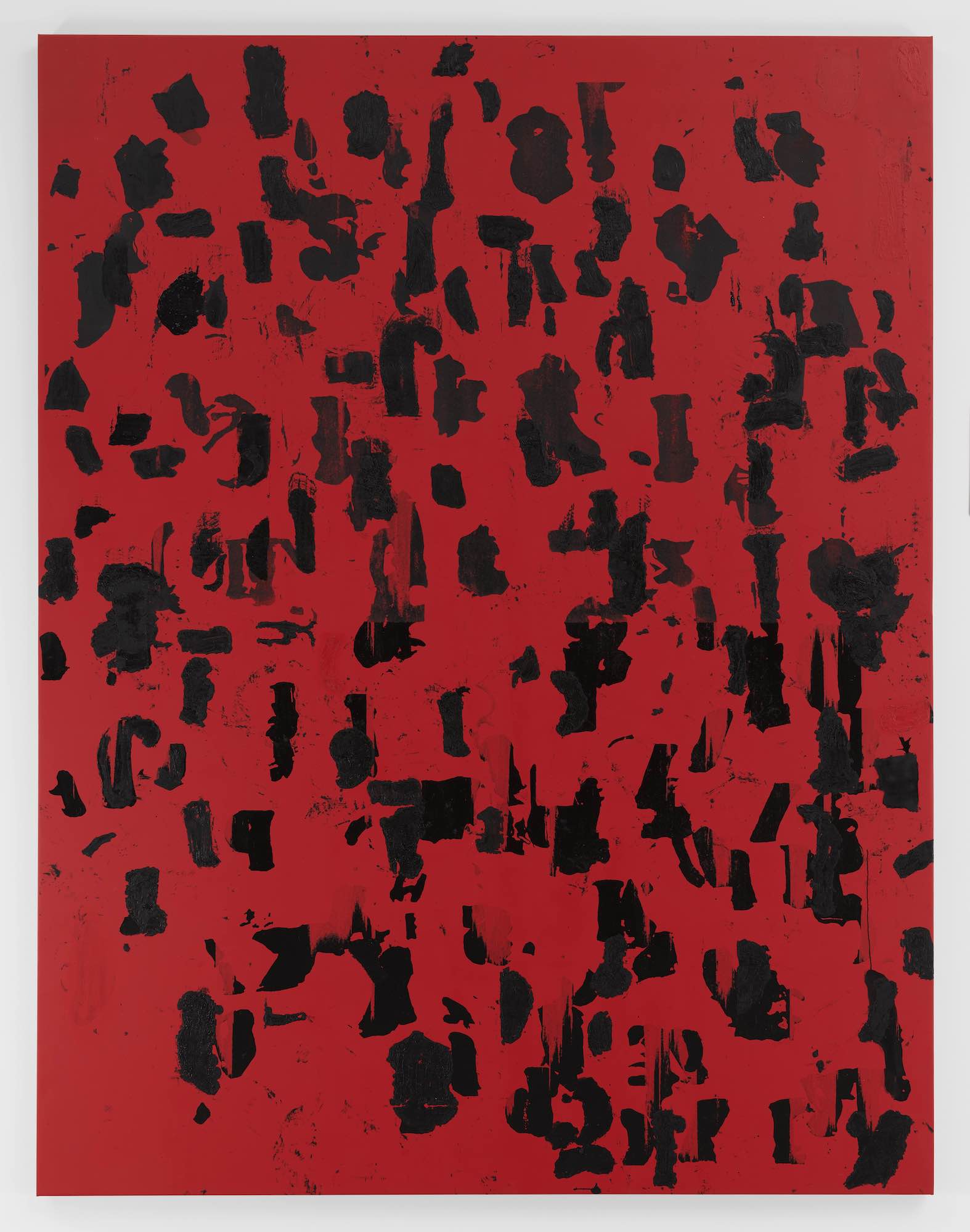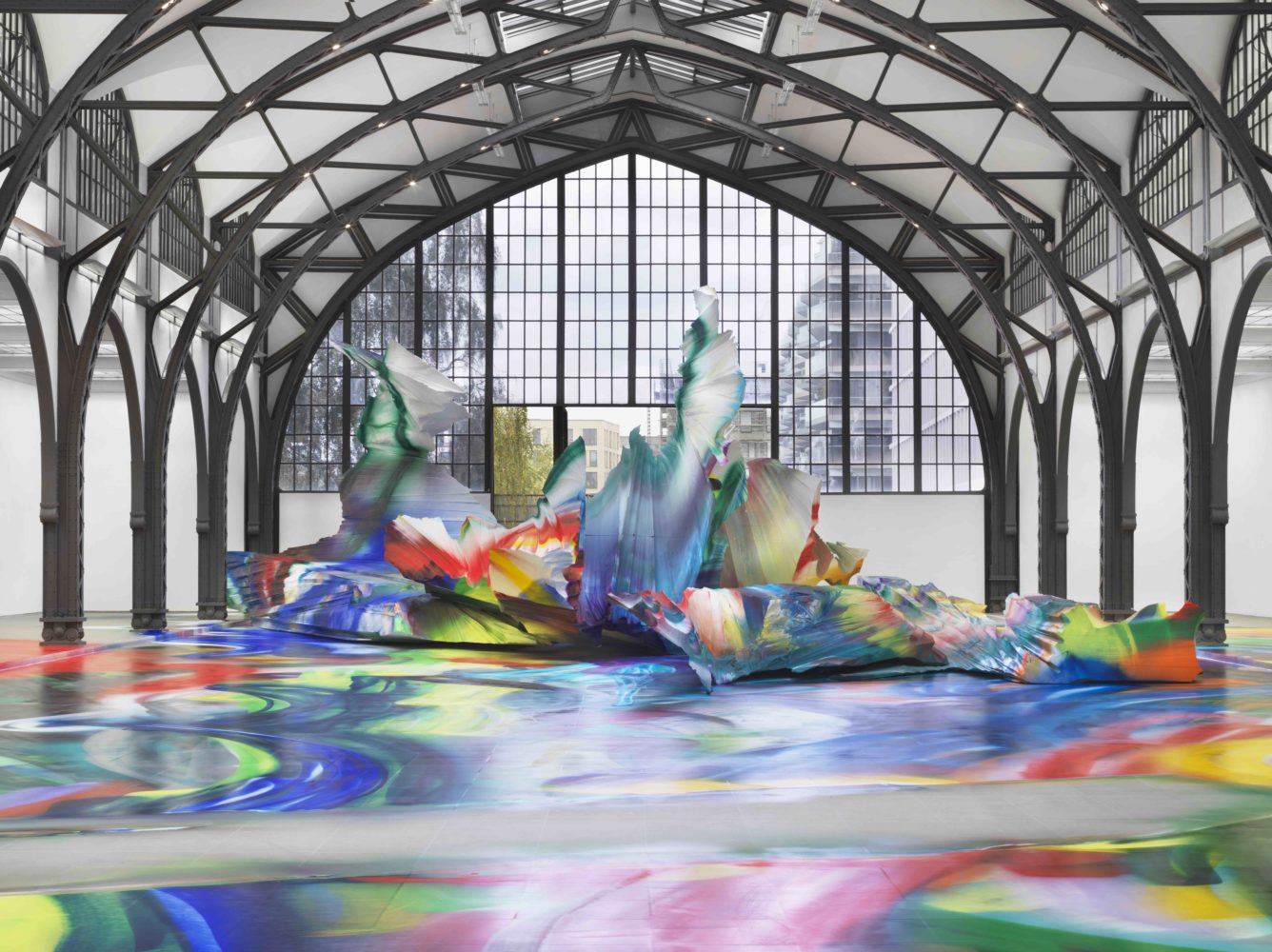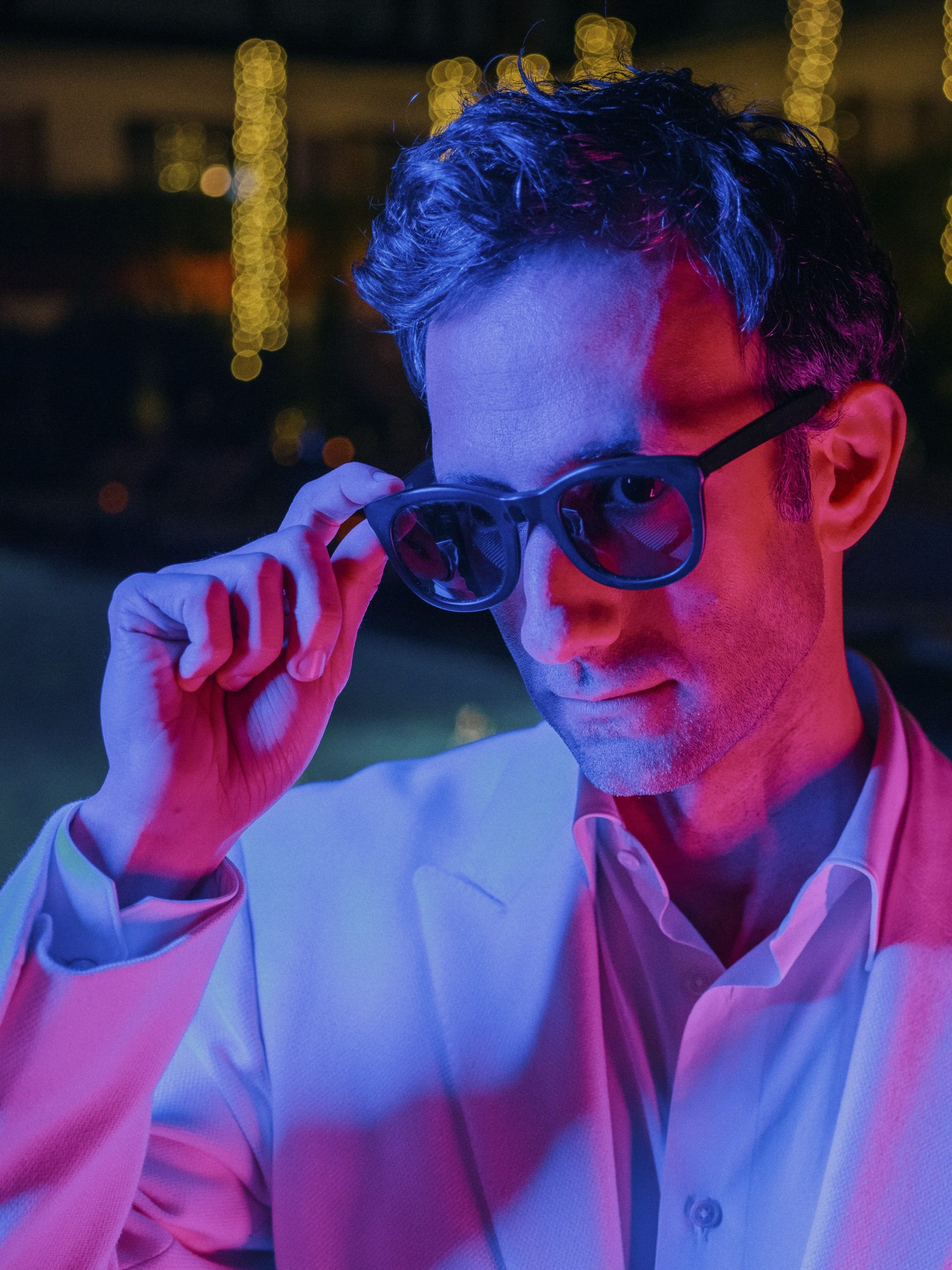With the rise of crypto culture, we’ve seen many artists, emerging and established alike, minting their artworks as NFTs and sharing them in drops on platforms like SuperRare, Nifty Gateway, and OpenSea. Some NFTs are collectibles, opening their owners to experiential realms existing only in the metaverse; some come from creators working with tangible mediums, utilizing the new technology for its benefits in authentication and royalties; and others see digital artists finally earning the recognition that was difficult to come by in a physically dominated art world. What we hadn’t seen yet, however, was the use of these tools in relation to historical work and important archives—until Click, that is.
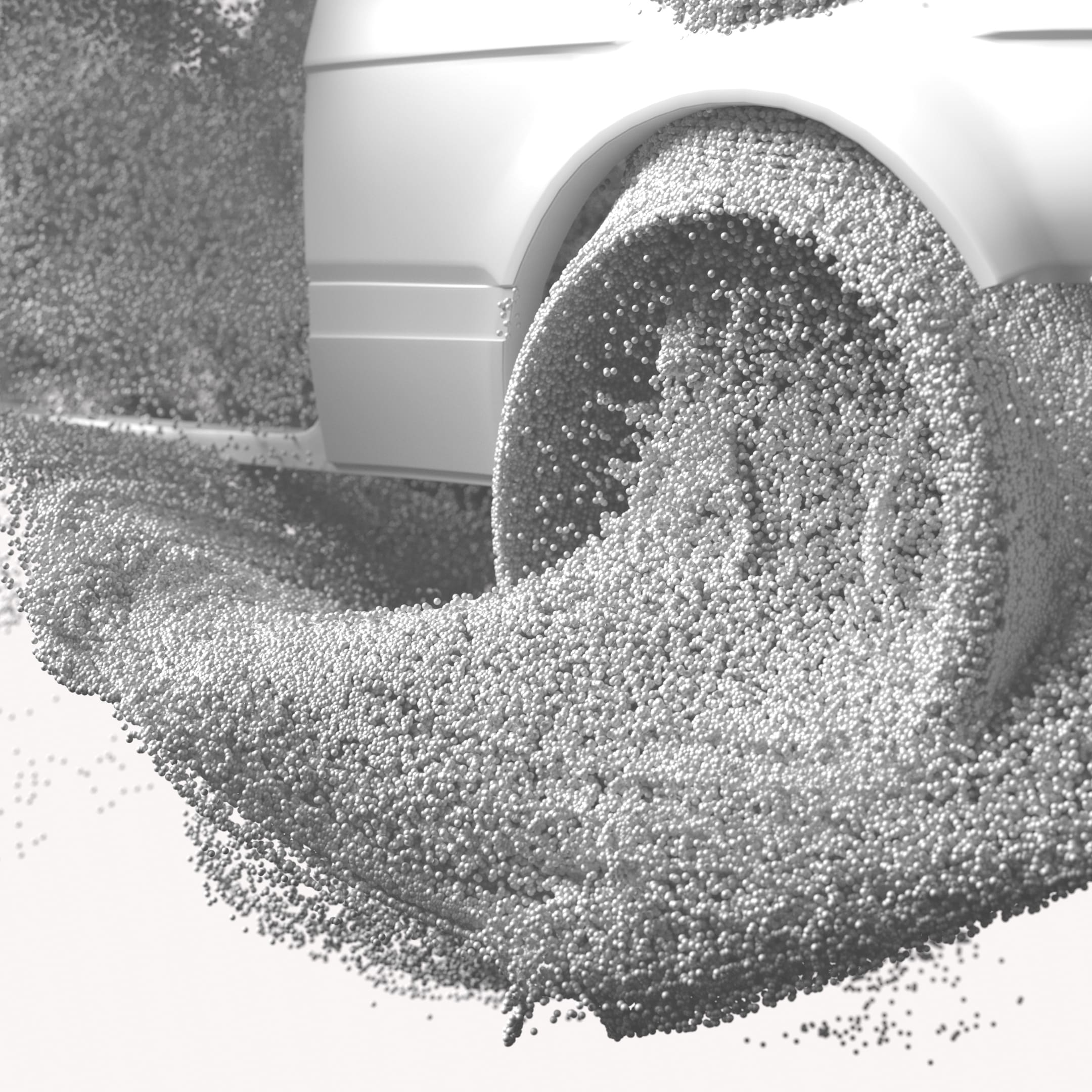
“The (Dis)integration,” a multi-part art series about the lost history archives hold, courtesy of Click.
Identifying a hole in the ever-growing web of the booming digital art scene, Alexandra Fairweather, the director of the John Chamberlain Estate, launched Click in 2021. While the blockchain platform does indeed offer a premier selection of contemporary NFTs, its mission is special in that it has taken on the task of digitizing iconic and groundbreaking artworks and rare or forgotten archives, channeling its profits from NFT sales for the cause. “As the director of the John Chamberlain Estate, I have become increasingly aware of the importance and challenges surrounding the preservation and digitization of historical archives,” said Fairweather.
Building a bridge between the past, present, and future, the NFT marketplace and editorial platform is special in that its contents cannot be destroyed by the test of time, as is the fate of their physical counterparts in the decades and centuries to come. Additionally, converting these artworks and artifacts to a digital format automatically makes them accessible to viewers around the world at the touch of a screen. “Whenever I look through the archives of the John Chamberlain Estate, I feel I am discovering a hidden treasure—it is a place of discovery, and I often feel I’m an archaeologist, solving a mystery or uncovering films and slides that have not been seen for 50 years. There is something very special about that feeling of finding something that hasn’t been seen before or that the world does not know about yet, and thinking about how these films, photographs, and letters further contextualize an artist’s life and work,” said Fairweather. “In fact, when we are developing an exhibition with a gallery or museum, one of the first questions I get is about the archives to contextualize the exhibition, which only further supports why our mission is important to the art world at large.”
Working in partnership with leading cultural institutions across areas like art, fashion, and film, Click’s digital collectibles allow audiences worldwide to access unseen artwork, videos, photographs, textual documents, and more—a mission supported through editorial dialogue and curated physical and digital exhibitions. Opposing the transient, trend-based use of the technology that is prominent in the virtual space, Click will continue to give important context to cultural happenings over time, making the platform one of the few to utilize NFTs to sustain long-term projects and continued cultural exposure built from historical archives.
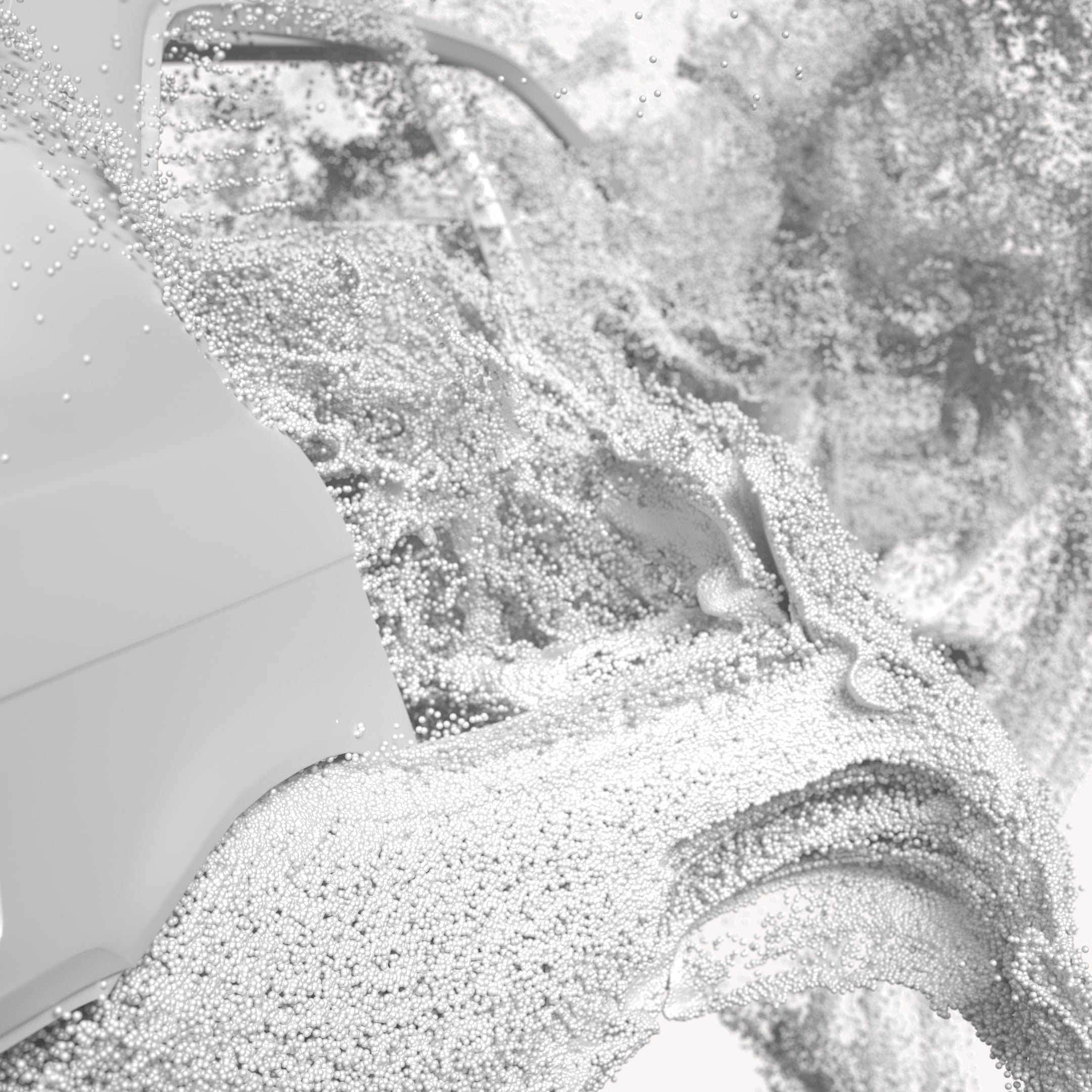
“The (Dis)integration,” a multi-part art series about the lost history archives hold, courtesy of Click.
“For estates, foundations, and even most major museums, there currently isn’t enough funding to properly preserve and digitize archives, so as NFTs became popular, I started looking into NFTs as an innovative solution to bring revenue to fund archives, exhibitions, and scholarship,” said Fairweather. “I also realized that sharing never-before-seen art and archives through NFTs was an incredible way to connect with a younger audience and to further educate and inspire future generations, similar to how Andy Warhol connected with younger audiences through his show on MTV in the 1980s.”
Click’s inaugural NFT drop, titled “The (Dis)integration,” follows the decomposition of a vehicle belonging to a highly acclaimed artist, whose name remains undisclosed. Immortalized through the series, the drop of 888 NFTs—a total of eight individual works available in editions of 111 each—offers an entrancing suite of monochromatic imagery, exemplifying how a physical artwork will disintegrate, while its digital counterpart remains, virtually forever. The purchase of each NFT will grant the buyer access to the platform’s exclusive membership (which comes with benefits like special programming and artist content, early access to future drops, and invitations to VIP events) and a narrative underlining the importance of preserving history. Along with providing funding to the nonprofit Art21, which supports artists and arts initiatives, the remainder of the sales will go to Click’s Digitization Fund, meant to preserve the archives of the John Chamberlain Estate and beyond.
“It has been an incredible experience working with artists and foundations on the development of projects that will educate and inspire,” Fairweather remarked. “Growing up with my stepfather, John Chamberlain, I was always surrounded by great artists and listening to what was important to them, so to me this all seems very personal. I understand who they were on a very intimate level, and my hope is that through archives, future generations will have an understanding of who these great artists were.”
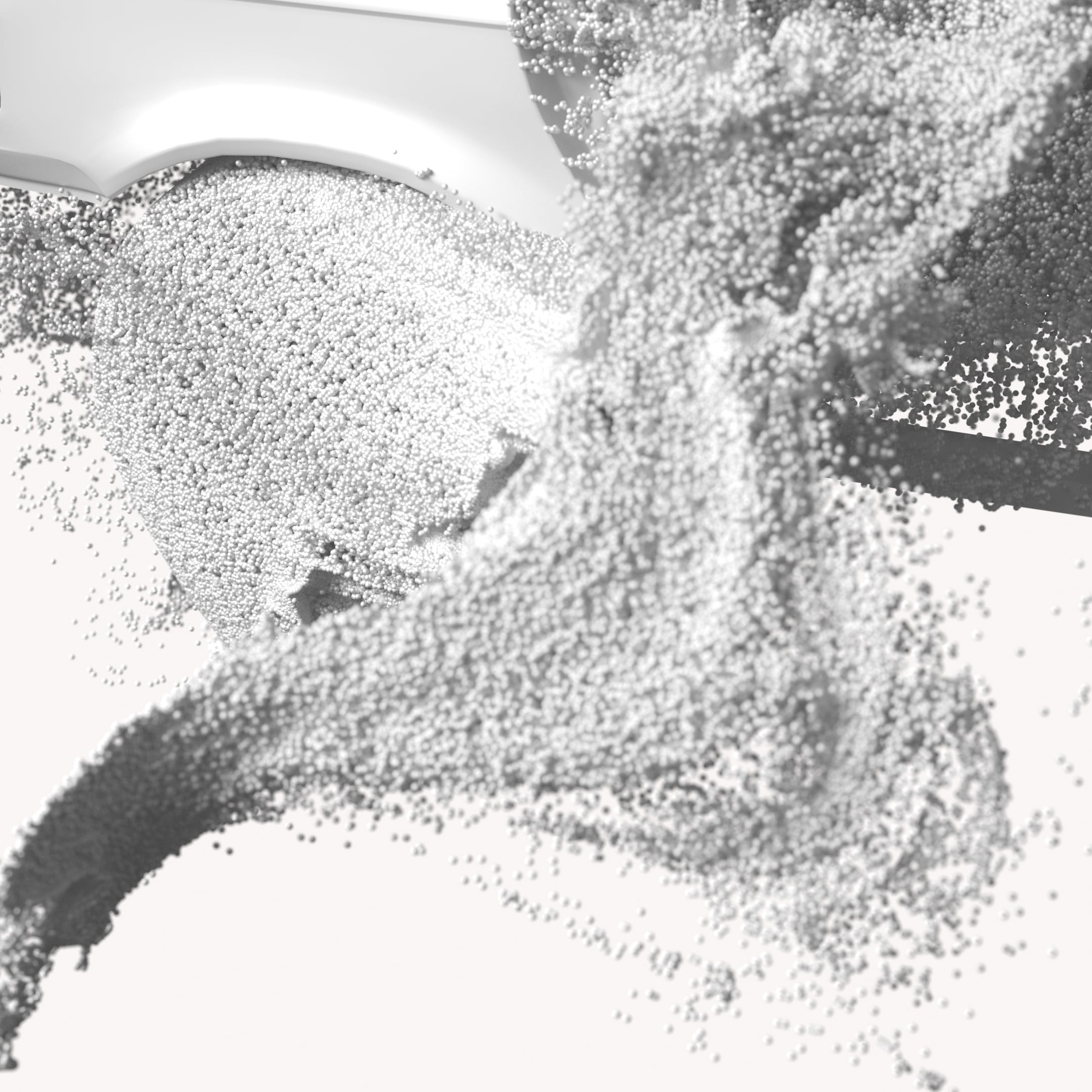
“The (Dis)integration,” a multi-part art series about the lost history archives hold, courtesy of Click.





